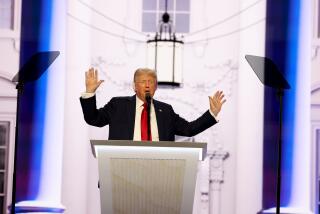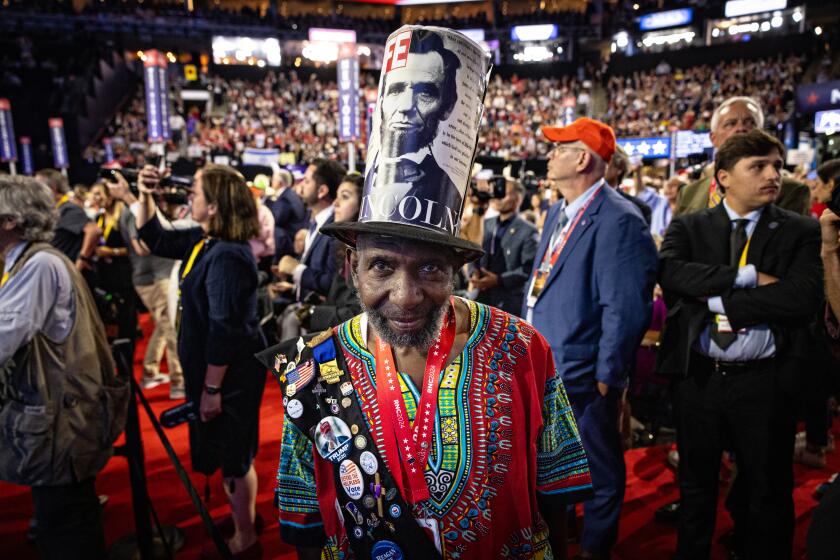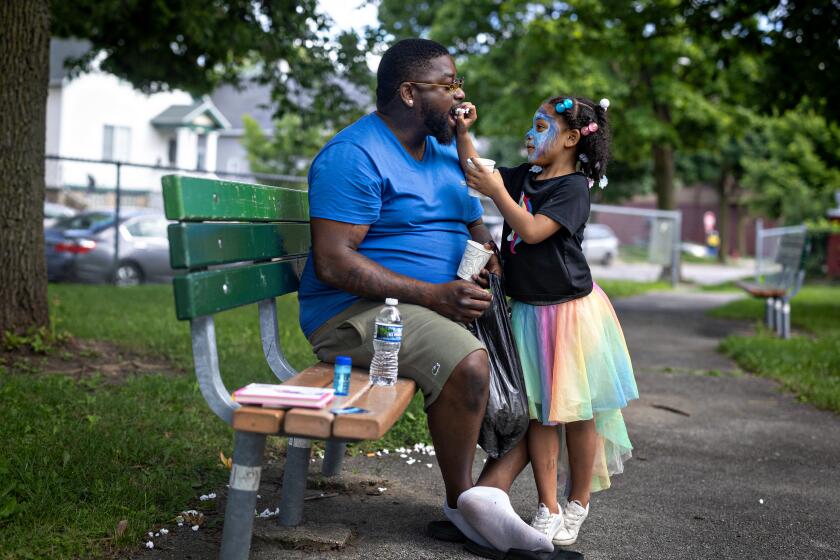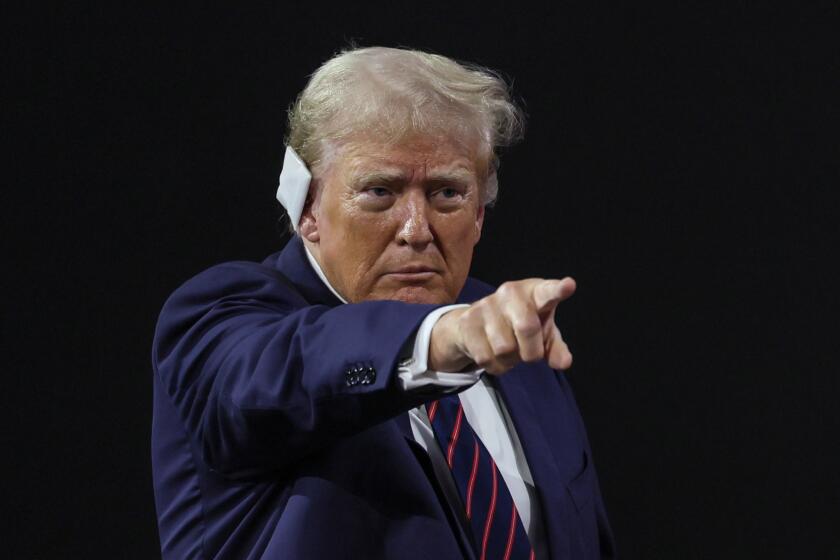Supreme Court Reversals of 9th Circuit Decisions
In the chorus of the detractors of the U.S. 9th Circuit Court of Appeals, one might expect to hear my voice, for as a legal practitioner, I recently argued for and won a unanimous Supreme Court reversal of a decision by the 9th Circuit Court of Appeals (Hawaii Housing Authority vs. Midkiff).
That case is one of the two dozen or so 9th Circuit decisions that the Supreme Court overturned in the 1983-84 term. I do not, however, subscribe to the criticism of the 9th Circuit’s judicial performance expressed by many observers in the newspapers throughout both this circuit and the nation. The rate at which that court’s decisions were reversed by the Supreme Court last term has no genuine significance, and certainly does not prove there was any attempt by the Supreme Court to “discipline” the 9th Circuit’s judges.
Every year, the Supreme Court is asked to review an unmanageable number of lower court decisions. Last term, for example, the court was forced to turn away 3,870 (93.6%) of the 4,131 appeals and petitions for review it received. Even that seemingly vast number of petitions represents only a small portion of the workload of the circuits; in 1983, nearly 29,000 cases were disposed of in federal courts of appeal--and nearly 5,000 of those were decided in the 9th Circuit.
Thus, while it is true that the Supreme Court affirmed only one of the 26 9th Circuit opinions that it fully reviewed last term, it is not clear that any meaningful conclusion can be drawn from such a small sample. Critics could just as easily emphasize the Supreme Court’s apparent approval of the 9th Circuit’s reasoning in the 99% of its decisions the court did not reverse.
Governed by its institutional limits, the Supreme Court cannot agree to hear appeals merely to affirm circuit decisions. Put another way, the Supreme Court necessarily tends to review cases where it is inclined to reverse the lower court. Numerically, this did happen in 1984 to the 9th Circuit somewhat more often than it did to any other circuit (although, on a percentage basis, the D.C. Circuit, reversed 100% of the time, was the real “leader”); factually, these raw numbers and reversal rates say next to nothing about the judicial performance of each federal circuit.
Some circuits may indeed engage in “policy-making” (what some critics have called “government by judiciary”) to an impermissible degree, but oversimplified anecdotes and incomplete statistical arguments are no way to prove the point.
The highest duty, and only task, of any court is to dispense justice according to the dictates of legal principle and precedent; judicial attempts to curry favor or approval (or dis approval, which some have suggested may soon become a badge of honor for so-called “liberal” judges) from higher courts will only distract everyone’s attention from the important legal issues faced by federal courts today.
By inventing this kind of competition between the circuits, keeping a “scorecard” and then analyzing last year’s “record”, critics only create false consciousness and inhibit sound judicial performance. For once they begin looking to minimize their “reversal rates”, federal courts are also bound to lose sight of their constitutional duties.
LAURENCE H. TRIBE
Cambridge, Mass.
Tribe is Tyler Professor of Constitutional Law at Harvard University.
More to Read
Get the L.A. Times Politics newsletter
Deeply reported insights into legislation, politics and policy from Sacramento, Washington and beyond. In your inbox three times per week.
You may occasionally receive promotional content from the Los Angeles Times.






